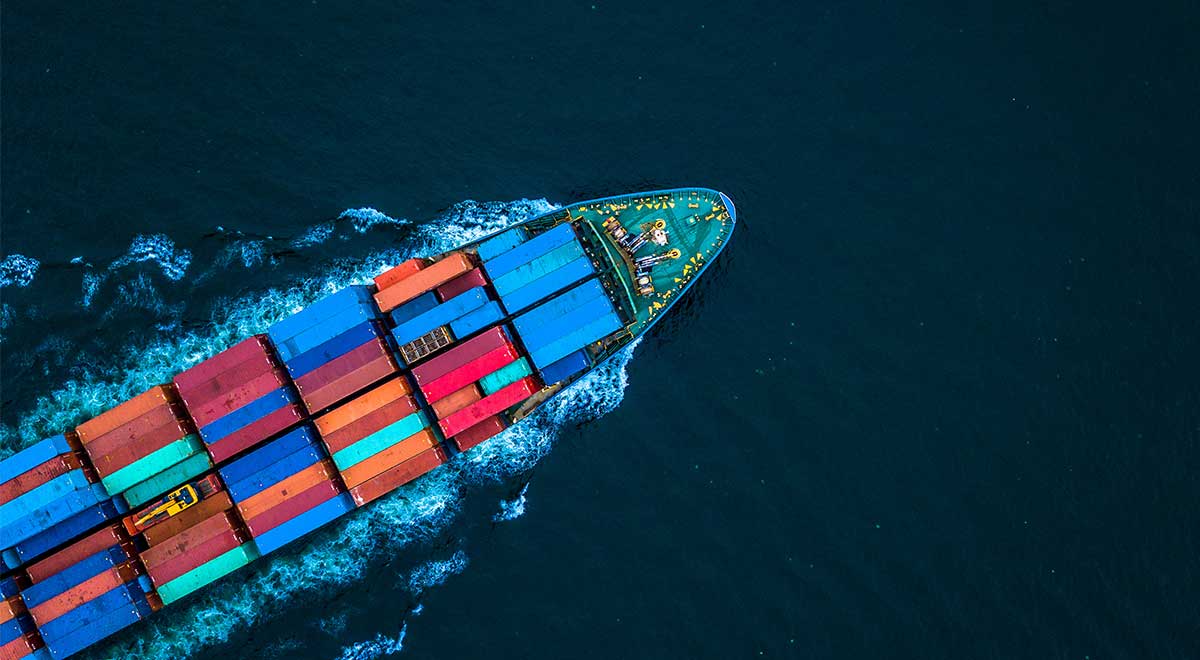Ocean carriers to implement carbon emission surcharges in 2024

The European Union has set forth an ambitious goal of achieving carbon neutrality by 2050, with an interim objective to reduce emissions by 55% by 2030. The EU’s’s Emission Trading System (EU ETS) has emerged as the world’s largest emissions trading system. In response, steamship carriers CMA CGM, Maersk, and Hapag-Lloyd have announced the implementation of carbon emission surcharges starting in 2024.
In summary, the European Union’s Emissions Trading System (EU ETS) will be utilized to govern the shipping sector beginning January 1, 2024, requiring carriers to monitor and report their carbon emissions. Carriers will need to purchase emission “allowances” equal to the amount of carbon they emit, with one allowance representing one ton of CO2.
The legislation will apply to vessels traveling between EU countries and vessels traveling between the EU and non-EU ports. Some details, like a list of transshipment ports, are yet to be finalized, with the list expected to be published by the end of 2023, according to CMA CGM.
Here’s a list of ocean carriers and their estimated 2024 carbon pricing.
What Ocean Freight Shippers Need to Know:
The EU ETS will extend to cover all maritime services, with a 100% application for services with at least two legs in the EU and 50% for those with only one EU leg.
- The net effect to shippers will be the addition of a new “emissions fee” to be applied to carrier rates with any Euro legs. This fee will be a standalone charge, not embedded in base rates.
- Early costs proposed by a few carriers range in amount. Using the Asia to North Europe Service, we see fees from $12, $25, up to $70 per FEU, updated quarterly.
- We expect the fee will not significantly impact shipper costs and will be absorbed by the spot market and potentially negotiated by contract signers.
- It’s worth noting Maersk does have an ECO service using vessels generated by non-carbon fuels. Any shipment on these lanes will not be subjected to the Emissions Fee.
This is a notable regulatory development that all parties involved in global commerce should be aware of, as there are near term and potentially longer-term ramifications. We can certainly expect green mandates such as this to continue to influence global freight markets as we move through peak freight season 2023 and look ahead to shippers’ ocean freight strategies in 2024.
Get Insights. Stay Ahead.
Get the latest news and insights via email on warehouse improvement, transportation optimization, labor strikes and international shipping rate changes.Popular Posts
Search Posts
-
2024 Q1 Freight Landscape: Trends, Challenges, and Predictions
As the first quarter of 2024 comes to an end, here are some observations over the past few months as well as predictions about the trucking...
+ Read more -
Baltimore Bridge Impact Assessment – Update
Following the recent Baltimore Bridge collapse and subsequent port closures, we want to keep our customers informed about the situation and...
+ Read more -
Global Momentum Builds for Charge on Global Shipping Sector’s CO2 Emissions
A growing coalition of 47 countries, including key players like the European Union, Canada, Japan, and various Pacific Island nations, is...
+ Read more









